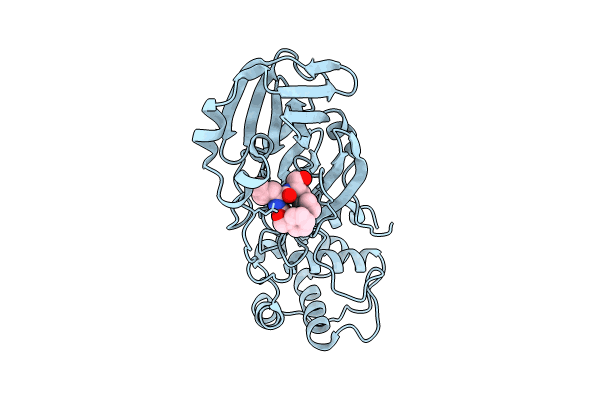
Deposition Date
2022-12-16
Release Date
2023-11-22
Last Version Date
2024-10-16
Entry Detail
PDB ID:
8FIG
Keywords:
Title:
Room-temperature X-ray structure of SARS-CoV-2 main protease double mutant E290A/R298A in complex with GC373
Biological Source:
Source Organism:
Host Organism:
Method Details:
Experimental Method:
Resolution:
1.75 Å
R-Value Free:
0.18
R-Value Work:
0.16
R-Value Observed:
0.16
Space Group:
I 1 2 1


